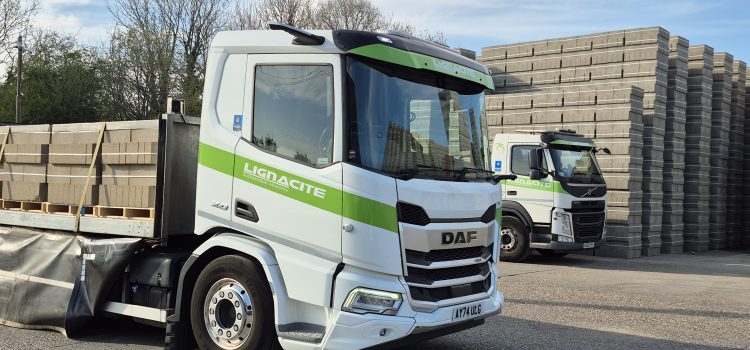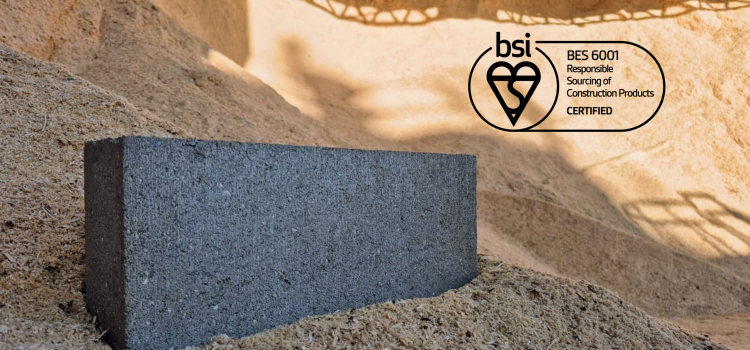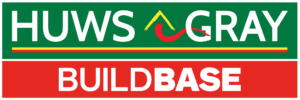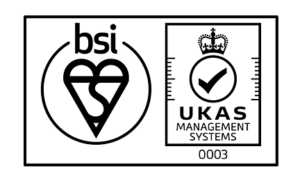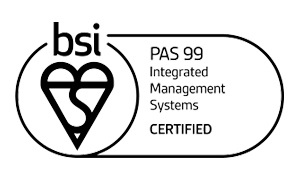Articles
Should I get a BREEAM assessment?
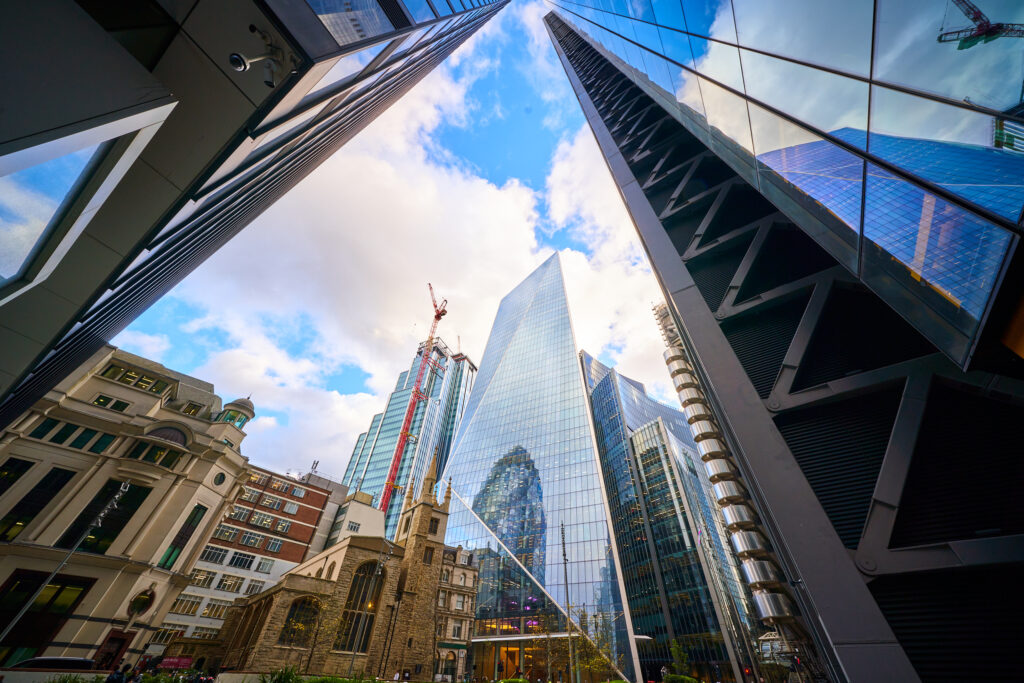
Posted by Nick Franks
BREEAM is a widely recognised sustainability assessment for buildings. Read on to find out if you need it for your next project.
Do I need a BREEAM assessment?
Whether or not you need BREEAM (Building Research Establishment Environmental Assessment Method) really depends on the type of project you’re embarking on.
A BREEAM assessment is not a mandatory requirement of all buildings in the UK. However, it is often a requirement if you are planning to construct a large commercial structure or public building.
You may also find that some clients, stakeholders or funders will ask you to have a BREEAM assessment and to achieve a specific BREEAM rating. For instance, you may find that your finished building needs to get a Very Good or Excellent BREEAM rating as a condition of you being able to construct it.
Even if you are not contractually obligated to get a BREEAM certification, you may decide to go through a BREEAM assessment anyway.
Benefits of BREEAM certification can include:
- Being able to clearly demonstrate your commitment to environmental sustainability.
- An increase in the value of your building. BREEAM estimates that a certified building can add around 8-12% of value when compared to a non-BREAM certified structure.
- Reduced operational costs for the finished building.
- Improved occupant health and wellbeing.
Is BREEAM a planning requirement?
It is possible that some local authorities will require you to have a BREEAM assessment, particularly if you are building a large commercial structure or a public building.
When do I need a BREEAM assessment?
You can get a BREEAM assessor to assess your building at any stage of the construction process, from design to completion. It is even possible to get a BREEAM assessment after the finished building has been in use for some time.
However, you should ideally get a BREEAM assessor involved in the process as early as possible. This means you may want to appoint one before you begin construction.
By doing this, you can benefit from a pre-assessment, which can highlight areas for improvement. It also ensures that you integrate sustainability early into the design process, which is easier than trying to retrofit it.
Once your assessor is appointed and you are ready, a full design assessment is then carried out. This analyses your design against the BREEAM criteria. You will then get a Design Stage Certificate, which you can use in planning applications.
Once your building is complete, the BREEAM assessor will check that you have implemented the sustainable features outlined in your designs. This will then give you your final BREEAM rating.
How much does BREEAM certification cost?
The cost of BREEAM certification is really dependent on several factors.
These include:
- The type of project you're building.
- The stage at which you introduce a BREEAM assessor.
- The services offered by that particular independently verified assessor.
You will also need to factor in registration fees.
Please note: From 1st July 2022, fees for new buildings in England increased. This is because of the changes to Building Regulations. If your structure is working towards the new Part L of the Building Regulations, you will need to pay the new fees.
If your project is based in Scotland, Wales or Northern Ireland, you will be on the BREEAM UK New Construction 2018 fee structure.
Should I go for BREEAM or LEED? What are the differences?
When it comes to choosing between BREEAM assessments and LEED (Leadership in Energy and Environmental Design), you need to weigh up their differences and see what best suits your end aims.
Recognition
BREEAM is an assessment scheme that is very well established in Europe, which means it is closely aligned with regulations in Britain and on the continent. However, it does also certify many buildings around the world. LEED, on the other hand, is more popular in North America.
Assessment method
To get a LEED certification, your building design team will be responsible for gathering and submitting evidence to the U.S. Green Building Council (USGBC). If this evidence satisfies the assessment criteria, you will be issued with your certificate.
The LEED certificate is also based on a points system. Thresholds for different ratings have been set, so that once you reach the corresponding number of points, you gain your LEED rating.
A BREEAM assessment works a little differently. Unlike LEED, it has a weighted system. This means that different sustainability criteria have been given different levels of importance. Your building and design are then assessed by licensed, impartial people (BREEAM assessors), who then submit the evidence to the Building Research Establishment. If they agree that you have met the criteria, your certificate is issued.
Ratings
Both assessment types have different ratings.
BREEAM ratings are as follows:
- Acceptable
- Pass
- Good
- Very Good
- Excellent
- Outstanding
LEEDs ratings are:
- Certified
- Silver
- Gold
- Platinum
Categories
BREEAM has 10 assessment categories in total, whereas LEED has eight.
The BREEAM assessment categories are:
- Ecology
- Pollution
- Waste
- Energy
- Management
- Water consumption
- Health and wellbeing
- Resources
- Resilience
- Transport
LEED looks at:
- Sustainable sites
- Water efficiency
- Energy and atmosphere
- Materials and resources
- Indoor environmental quality
- Innovation in design
- Regional priority
- Localisation and transport
Complexity
On the whole, the BREEAM certification process is viewed as being more academic and rigorous. LEED is seen as being a little more straightforward.
You can find out more about the benefits of BREEAM and its categories in our helpful article.
Find the right materials for your BREEAM assessment
If you’d like to find out which of our concrete blocks could be the right fit for your next project, get in touch! You can call our friendly team on 01842 778485.

